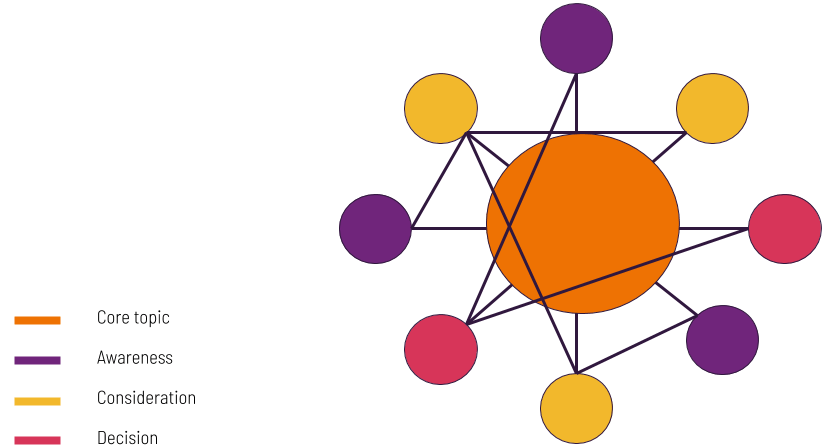Google Ads, formerly Google AdWords, is a great way to promote your business and boost product sales. They are easy-to-use and typically offer a decent ad spend ROI, when used correctly. But how can you maximize your Google Ads ROI? Today, we will look at how to write great ad copy and how this can boost your Google Ads conversion rate.
Before we begin, a quick note: This guide will not cover the mechanics of Google Ads – there are plenty of decent guides online, and a good place to start is reading through some of the tutorials Google has put out there. Instead, the focus is on writing great ad copy.
Related: Why Google Ads are still the best way to get in front of your customers
So whether it’s your first time writing an ad, or you’re already a veteran Google Ads wordsmith, this guide has tips that can help everyone to hone those skills.
Before we dive in a quick note on the Google Ads text ad format.
You can use:
- Up to 3 Headlines each of 30 characters separated by vertical bars
- Have a visible URL
- 2 Descriptions of 90 characters
- Include extensions such as a countdown timer or site links
1. Mirror user intention

2. Repeat the CTA


3. Eliminate redundancy

4. Be specific

5. Insert emotive words

6. Use a countdown timer

7. Get personal

8. Get hyperlocal

9. Test, test and test some more

- Click-through rate: a critical stat which tells you how effective this ad is and which directly impacts the quality score of the ads. A higher quality score will help you lower your CPC and get your ads in more queries in higher positions.
- Conversions and profitability: If you are tracking conversions, and you should, you should prioritise and optimise the ads that are driving more revenue.
10. Bonus tip: Landing page congruence










